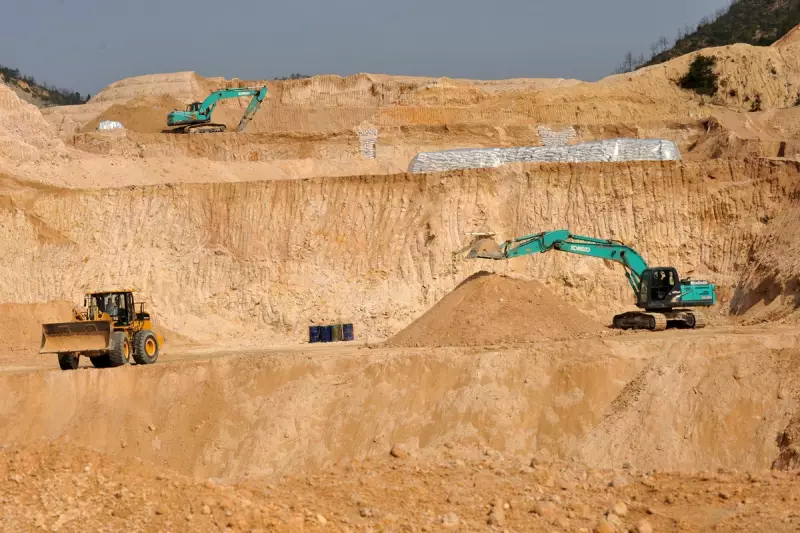
In a strategic manoeuvre that could significantly escalate the ongoing trade dispute between the world's two largest economies, China is reportedly preparing to weaponise its dominance in rare earth elements against the United States. According to industry insiders and policy analysts, Beijing is considering severe restrictions on these critical minerals, which are essential components in everything from smartphones to fighter jets.
The Geopolitical Chessboard
China currently controls approximately 80% of global rare earth production, giving it unprecedented leverage in what many are calling the 'new oil' of the technology age. This move would represent a dramatic escalation in the trade conflict initiated by the Trump administration, potentially crippling American manufacturing sectors that rely heavily on these specialised materials.
What Are Rare Earth Elements?
These seventeen metallic elements might sound obscure, but they're the invisible workhorses of modern technology:
- Neodymium and Praseodymium: Essential for powerful magnets in electric vehicles and wind turbines
- Lanthanum: Critical for hybrid vehicle batteries and camera lenses
- Europium and Yttrium: Vital for display screens and LED lighting
- Cerium: Used in catalytic converters and glass polishing
Potential Impact on US Industries
The ramifications of such export restrictions would be far-reaching:
Defence and Security
Pentagon officials have long expressed concern about reliance on Chinese rare earths for advanced weapon systems, including:
- Precision-guided munitions
- Radar and sonar systems
- Night-vision equipment
- Communications technology
Technology and Consumer Electronics
Major tech companies could face severe supply chain disruptions affecting production of smartphones, computers, and other consumer electronics that have become ubiquitous in modern life.
Green Energy Transition
The burgeoning electric vehicle and renewable energy sectors, both heavily dependent on rare earth magnets, could experience significant setbacks just as global demand for clean technology accelerates.
Historical Precedent
This wouldn't be China's first use of rare earths as a political tool. In 2010, during a territorial dispute with Japan, Beijing abruptly halted exports, sending prices soaring and forcing Japanese manufacturers to scramble for alternatives. The current situation, however, involves much higher stakes given the broader context of US-China technological competition.
US Response and Alternatives
The Trump administration has recognised this vulnerability, with several initiatives underway to develop alternative supply chains:
- Reviving domestic rare earth mining operations in California and other states
- Strengthening partnerships with allied nations like Australia and Canada
- Investing in recycling technologies to recover rare earths from electronic waste
- Developing substitute materials that could reduce dependence
However, experts caution that building a comprehensive alternative supply chain could take years, leaving American industries exposed in the interim.
The Broader Trade War Context
This development comes as both nations continue to engage in tit-for-tat tariff impositions that have already disrupted global supply chains and dampened economic growth forecasts. The rare earth threat represents a significant escalation beyond conventional trade measures, targeting America's technological supremacy directly.
As one industry analyst noted, "This isn't just about economics anymore—it's about which nation will control the technologies of the future. Rare earths are the ammunition in this new kind of conflict."
The coming months will prove critical as both governments weigh their next moves in this high-stakes confrontation that could reshape global technology supply chains for decades to come.





